Abstract
In Oceania’s grain production, wheat recorded the largest production volume in 2022, reaching 36.6 million tonnes (Mt). Australia is particularly known as a wheat-producing country, with most of its supply being for export. Looking at Oceania as a whole, cereals such as wheat, barley and corn are in demand for both food and animal feed, and while a portion of production is exported, domestic consumption is also important. In the past few years, yields have fluctuated due to climate change, especially drought and flooding. However, with advances in agricultural technology, Oceania has maintained a stable supply and export volumes continue to increase.
Production(production (production volume))
Grain production in Oceania showed large fluctuations between 1961 and 2022. Wheat production in particular is expected to be significant, reaching a peak of 36.6 million tonnes (Mt) in 2022, a new record high. During this period, Australia remained a major wheat producing country and maintained stable production, reaching 100% of its peak. From the 1960s through to the 1980s, droughts and unstable weather conditions sometimes affected production, but technological innovations and advances in agricultural techniques have led to an increase in production since the 1990s. Especially since the 2000s, wheat has become increasingly important as an export supply, and stable production has continued in parallel with domestic consumption.
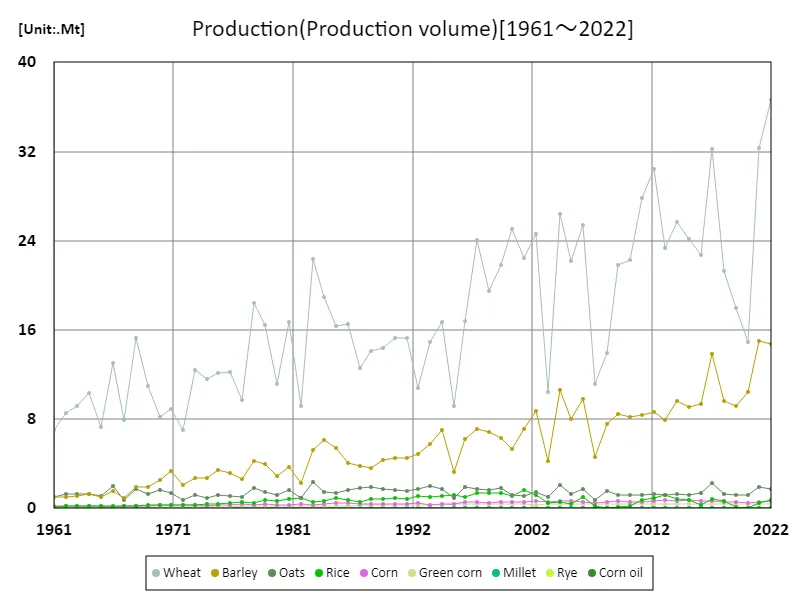

The maximum is the latest one, 36.6Mt of Wheat
Production (food)
Wheat plays an important role in cereal production throughout Oceania. Data from 1961 to 2021 shows that wheat production for food peaked at 3.29 million tonnes (Mt) in 2021, the highest on record. Wheat is mainly produced in Australia, and while domestic consumption for food is increasing, export volumes are also large, so wheat production has a significant impact on the domestic food supply. Over the past few decades, wheat production has increased steadily, due in particular to technological advances and improvements in agronomic productivity. However, production volumes can vary from year to year due to susceptibility to climate change, droughts, floods, etc. Nevertheless, food production has remained stable and Oceania remains an important region for wheat supply.
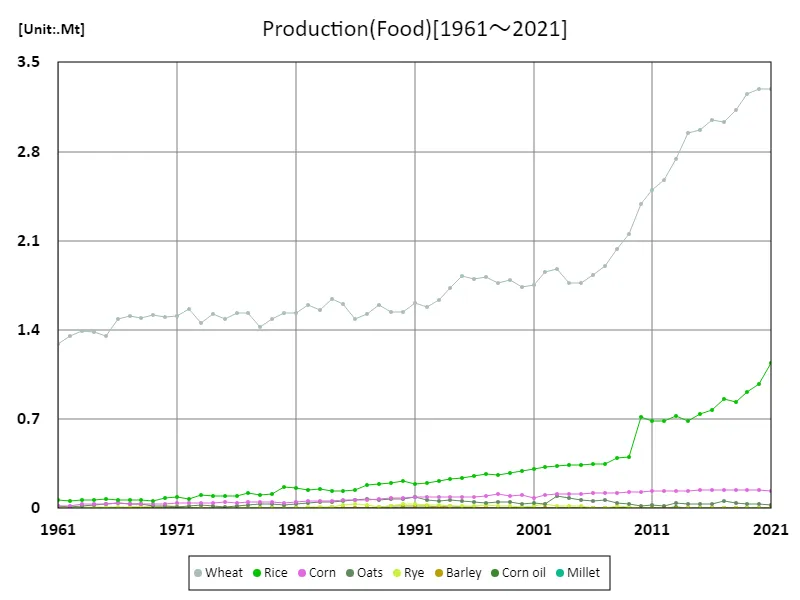

The maximum is the latest one, 3.29Mt of Wheat
Import and export (exports)
Wheat in particular plays a significant role in Oceania’s cereal exports. According to data for 1961, wheat exports were 26.5 million tonnes (Mt), accounting for the majority of total exports. Total grain exports for the year were 37.8 million tons, with an average export volume of 5.52 million tons. Australia is a major exporter of wheat and relies on many countries, mainly in Asia and the Middle East, for its supplies. Over the past few decades, Australia has maintained stable export volumes despite the effects of climate change and drought, and advances in technological innovation and agricultural efficiency have made it more competitive in export markets. In addition, although Oceania as a whole exports some other grains, wheat accounts for a particularly high proportion.
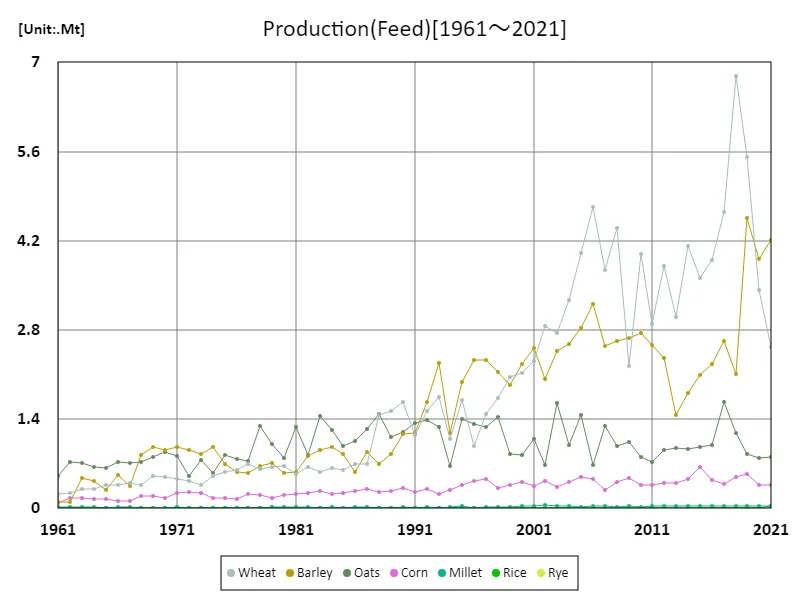

The maximum is 6.78Mt[2018] of Wheat, and the current value is about 37.3%
Animal (feed)
Animal feed also plays an important role in cereal production in Oceania. Data from 1961 show that wheat production for animal feed reached 6.78 million tonnes (Mt), the highest ever recorded. In Australia, some wheat is used as livestock feed, and demand is particularly high in areas where sheep and cattle are raised. Over the past few decades, feed wheat production has remained stable, with supply increasing due to improved agricultural efficiency and increasing demand for feed. In addition, as cereals are increasingly used for multiple purposes and demand for animal feed remains high, wheat production in particular plays an important role as it is used for both food and feed.
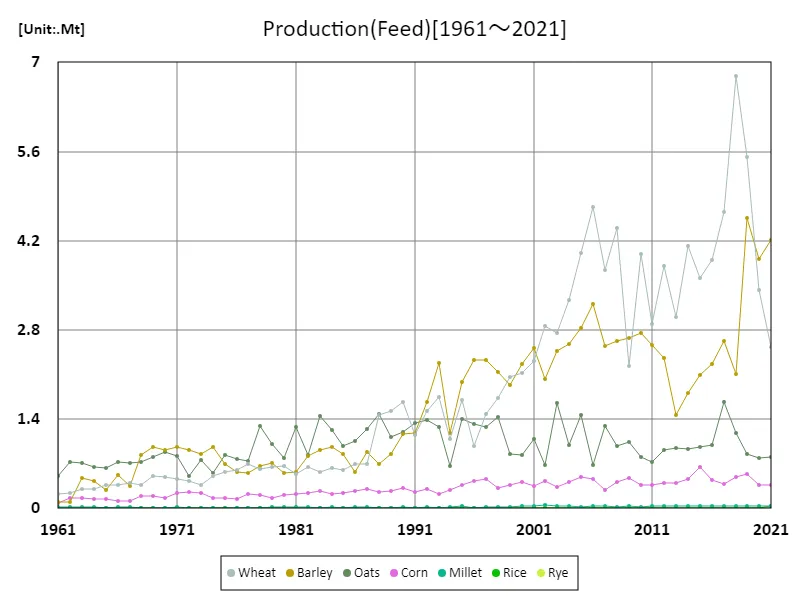

The maximum is 6.78Mt[2018] of Wheat, and the current value is about 37.3%
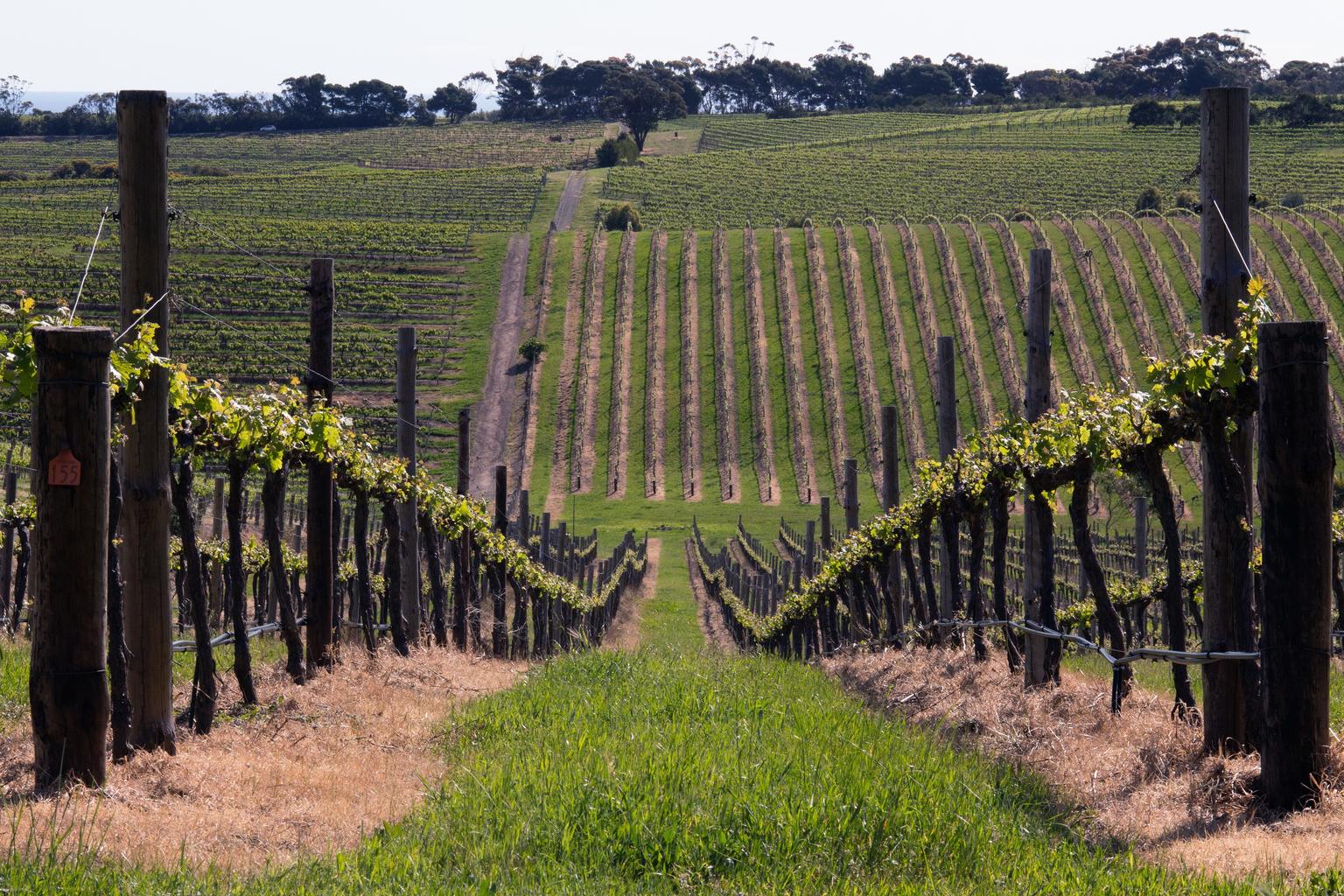


Comments